Halo Reach has long been the sole Xbox 360 Halo title without an HD remaster. That ended on December 3, 2019, with Reach‘s enhanced release through the Master Chief Collection on PC and Xbox One.
For those wondering if this is the Halo Reach you remember, I can answer with confidence that it’s basically what you remember. There are caveats.
The campaign is as it was in 2010, warts and all, and the multiplayer has all of the maps, guns, and modes you remember, all with some healthy additions from DLC and community creations.
343 Industries has made some interesting changes to progression in this version of Reach, and while their port job is admirable considering what they had to work with, it sometimes leaves much to be desired.
Though, the music is as good as it has ever been.
Halo Reach Remastered Review: Bringing the Past Back to Life
Released after the Master Chief saga that wrapped in the first three Halo titles, Halo Reach was the last in the series developed by Bungie before they went on to make the Destiny franchise.
The story takes place before Master Chief’s adventures, telling the story of the doomed human world of Reach. The war John-117 eventually won began on Reach, one of the first worlds colonized when mankind took to the stars. A bastion of peace and a symbol of human spirit, Reach made the perfect target in the Covenant’s campaign to wipe humanity from the galaxy.
There are other reasons the Covenant arrived as well, though I’ll leave you to discover them yourself if you haven’t played the game before.
In Reach, you play as the newest member of Noble Team, a squad of super-soldiers called Spartans who are genetically enhanced to defend humanity from threats real and imagined.
As Noble Six — your character is given no official name — it’s your job to support Noble Team as they investigate what should have been a downed comms relay. The mission goes south quickly, becoming a full-blown invasion by the Covenant that ends in the destruction of human civilization on the planet.
Believe me when I tell you that Reach‘s glassing would have been no surprise to veterans of the Halo narrative. The planet came up a lot in Master Chief’s adventures, usually as a somber tale told during quiet moments of reflection.
Suffice it to say, a lot of people died in the attack, and the story of Noble Team’s fate is the central focus of much of the game. It’s a story functionally told, with a few moments of genuine pain and an ending that hits hard if you’re invested in the story.
The characters feel like people, for the most part, as each has their quirks and establishing moments that endear them to the player. They are not, however, the kinds of characters who carry an entire series on their backs.
Which is why it’s sad that Reach‘s biggest struggle is not its soundly told narrative, well-built world, or sometimes interesting characters. Instead, Reach is held back by the dated canvas on which it’s painted. Even remastered to function on modern hardware, the character models, the world in which you play, and the subpar voice acting scream late 2000’s game design.
The color palette is many different shades of grey and brown, though some green shines through from time to time. Customization allows for little reprieve from the drab environments, with muted colors even in the most vibrant settings.
Animation and model work, unchanged as it is, feels robotic and clunky more than it feels fluid or realistic. Mouth movements and facial details are lacking, though they move at a higher framerate and are thus easier to parse. The texture work is similarly behind the times, though I imagine that and these other details are due in large part to low-quality source material.
The same could be said for Reach‘s voice acting, which is painful to listen to almost all the time. Everything sounds stilted and forced, even by the standards of the time. The characters with passable voice work are few, and that’s made worse by the brevity of their time on screen.
All that said, this is still the story that both began and ended the original Halo trilogy, and for that reason alone, it should be cherished. It is a product of its time, to be sure, but one that inspired games for years that followed.
Take It Online
Halo set the standard by which almost all other multiplayer games of its generation would be measured. Only Call of Duty could provide the kind of competition that pushed Bungie’s franchise forward. There will never be a right answer as to who truly won that particular fight. The victor was always whichever multimillion-dollar series you liked more.
For their last hurrah, Bungie wanted to shake up Halo multiplayer in a big way. This final game saw the introduction, and simultaneous removal, of some of the series’ most cherished weapons and mechanics.
The battle rifle was no more. Instead, there was the single-shot DMR — with bloom, no less. Armor abilities like sprint (which caused a ruckus on its own), deployable and personal shields, jetpacks, and others made their appearance. Jump heights found themselves reduced, and movement speed increased across the board. Even grenades saw a tuning pass, and maps didn’t have the same magic they used to.
Things weren’t to some people’s liking, in other words, though that didn’t stop a loyal fanbase from forming. Fans of Reach will be happy to know that everything from the original game made it into the remaster. Everything people loved. Everything people didn’t.
It’s all here.
Plus, there are DLC maps and what appear to be community maps in the map rotation, no charge.
The biggest change by far is progression. Unlocking gear — cosmetic only, thankfully — is done through a very shoehorned battle pass system. The grind isn’t generous either, as each level might take a half-hour or more in a matchmade game to complete.
Gone are the days of buying what you want, when you want, and gone too is the ability to level up through campaign play. Only matchmade games of multiplayer or the Firefight horde mode can advance the gear track. I’m not sure what the reasoning was there, but it gets in the way far more than it should.
Forge mode is also missing on release, though mod development is already well underway, and dedicated tools are coming.
There are a few other problems that seem more pronounced than I remember from the original. Spawns need immediate addressing, as do hitboxes. Whether 343 wants to make any such change before the release of the rest of the Collection is anyone’s guess, but I would hope they support each of the games individually.
Halo Reach Remastered Review — The Bottom Line
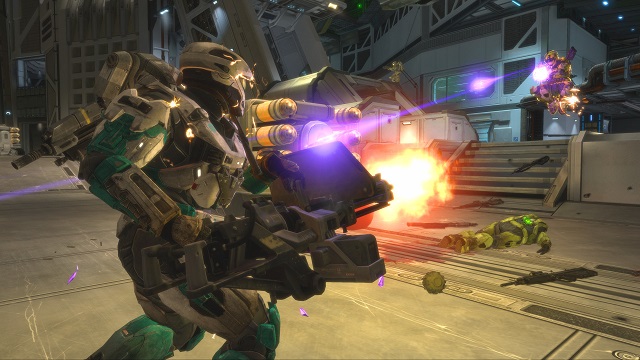
Pros:
- The return of classic Halo gameplay
- Amazing music
- Higher-fidelity visuals and framerates
Cons:
- Dated animations, dialogue, and voice acting
- Grindy progression system
- Lack of Forge and mod tools
Even with its various difficulties, you cannot beat the simplicity of Bungie’s multiplayer masterclass. Unlike Destiny, Call of Duty, or other shooters of more recent years, there is a simple beauty to using the DMR to take off heads at a distance. There’s a quiet satisfaction to mastering each map, learning grenade bounces and power weapon spawns. And there’s nothing quite like mowing down your opponents in a Ghost or hearing “Killtacular” over the mic when you’ve pulled off something amazing.
Reach, and the rest of the Master Chief Collection, will no doubt put Halo back on the map, and at the perfect time, as well. The Halo games were a special breed, and they set the standards for shooter narrative and mechanical tightness that few of their competitors could match.
I have no doubt some in the community only want the games precisely as released back in the day, or if they’re different in the Collection, to have them reverted. There are also some I’m sure who are just happy to have new life in these classics, and to be able to play them on PC for the first time.
Put me squarely in the latter category. I’m ready to relive the glory days, and they are back. Of that, I assure you.

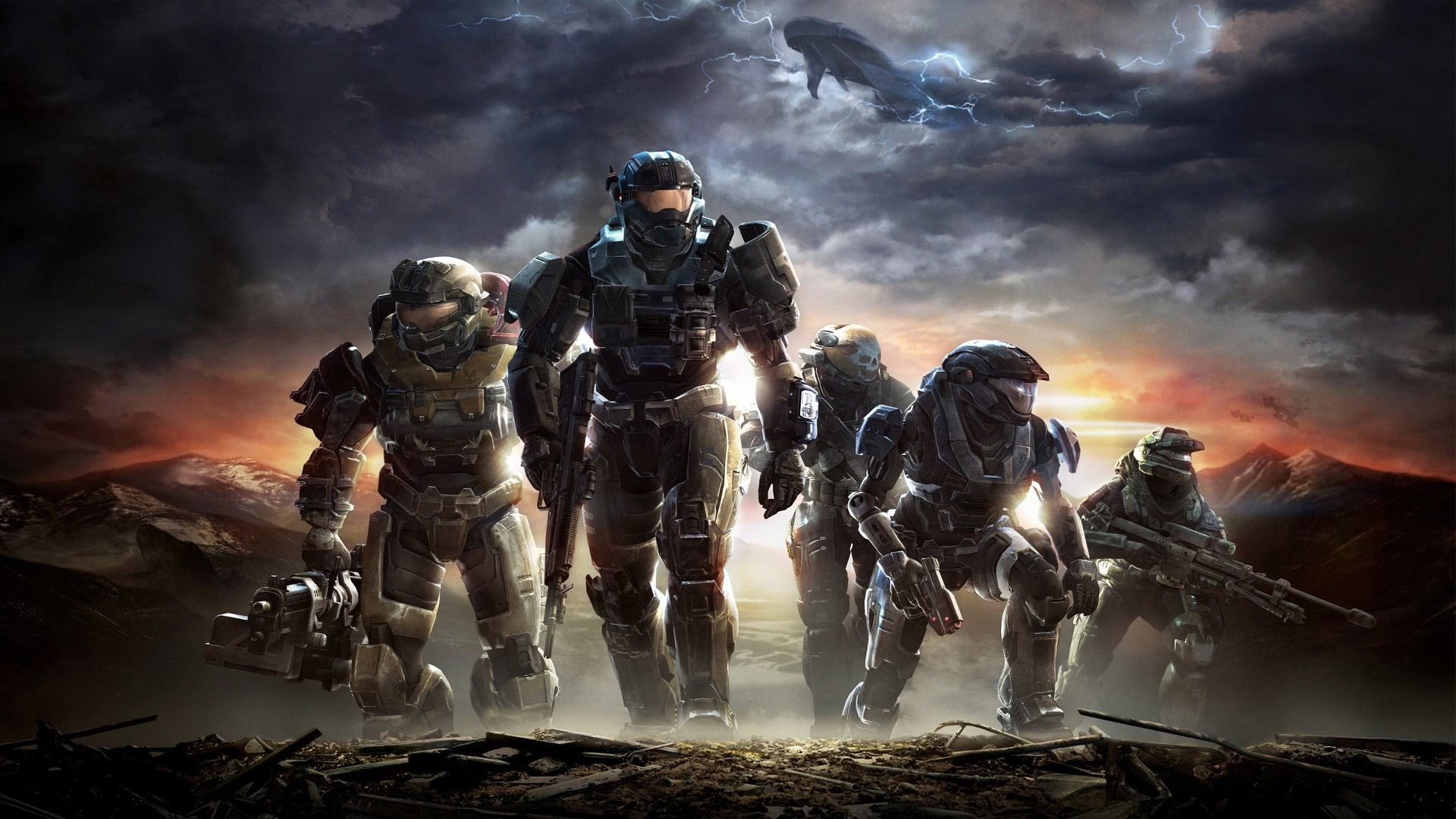
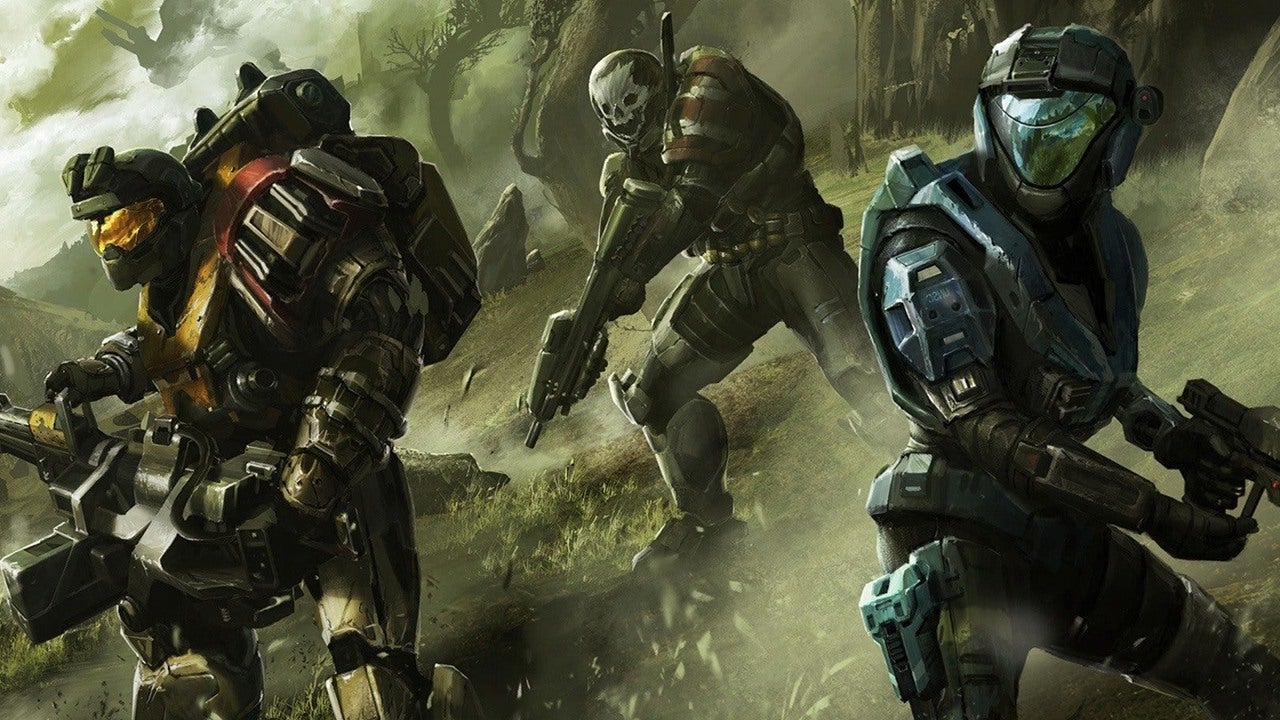
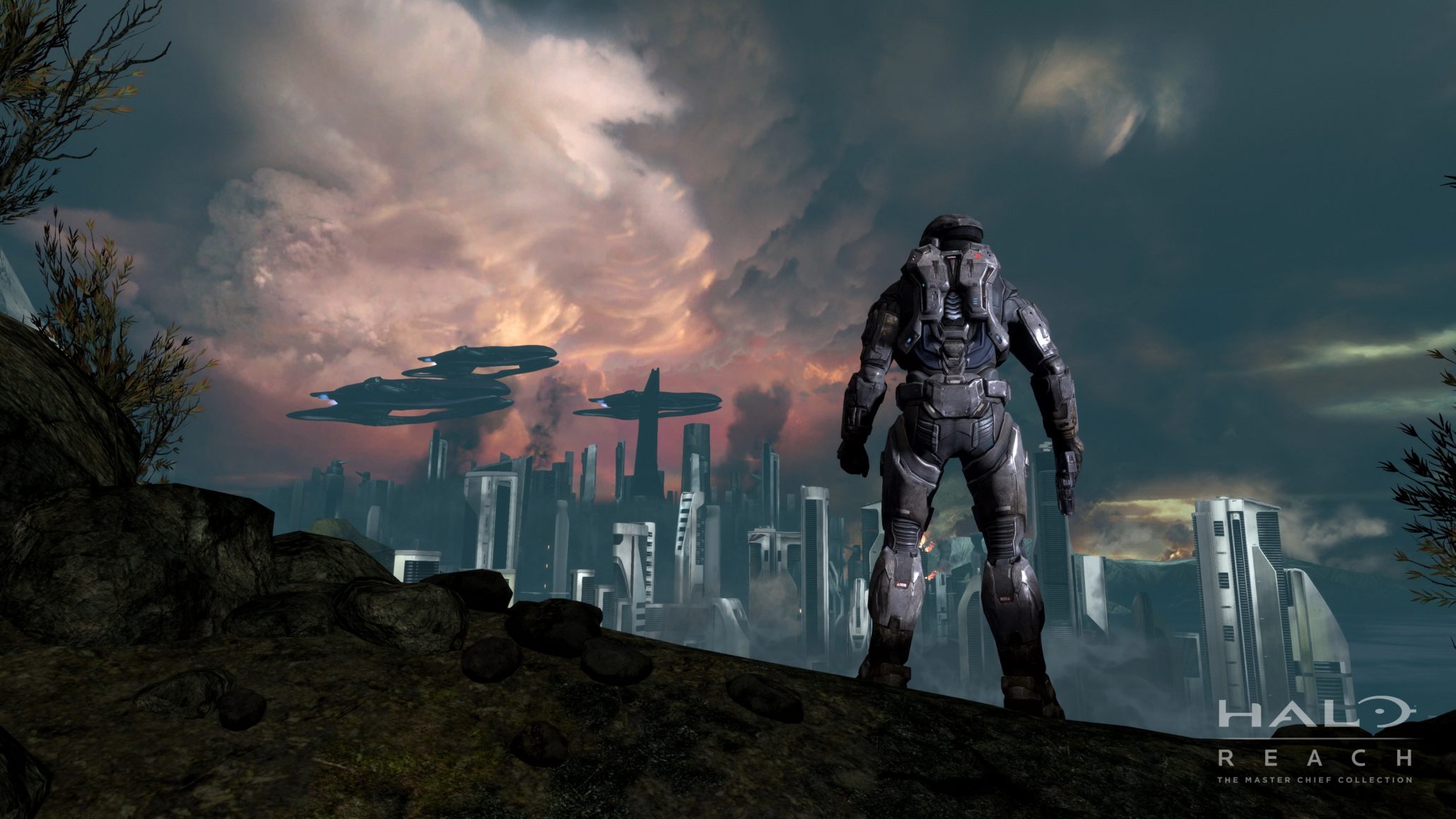
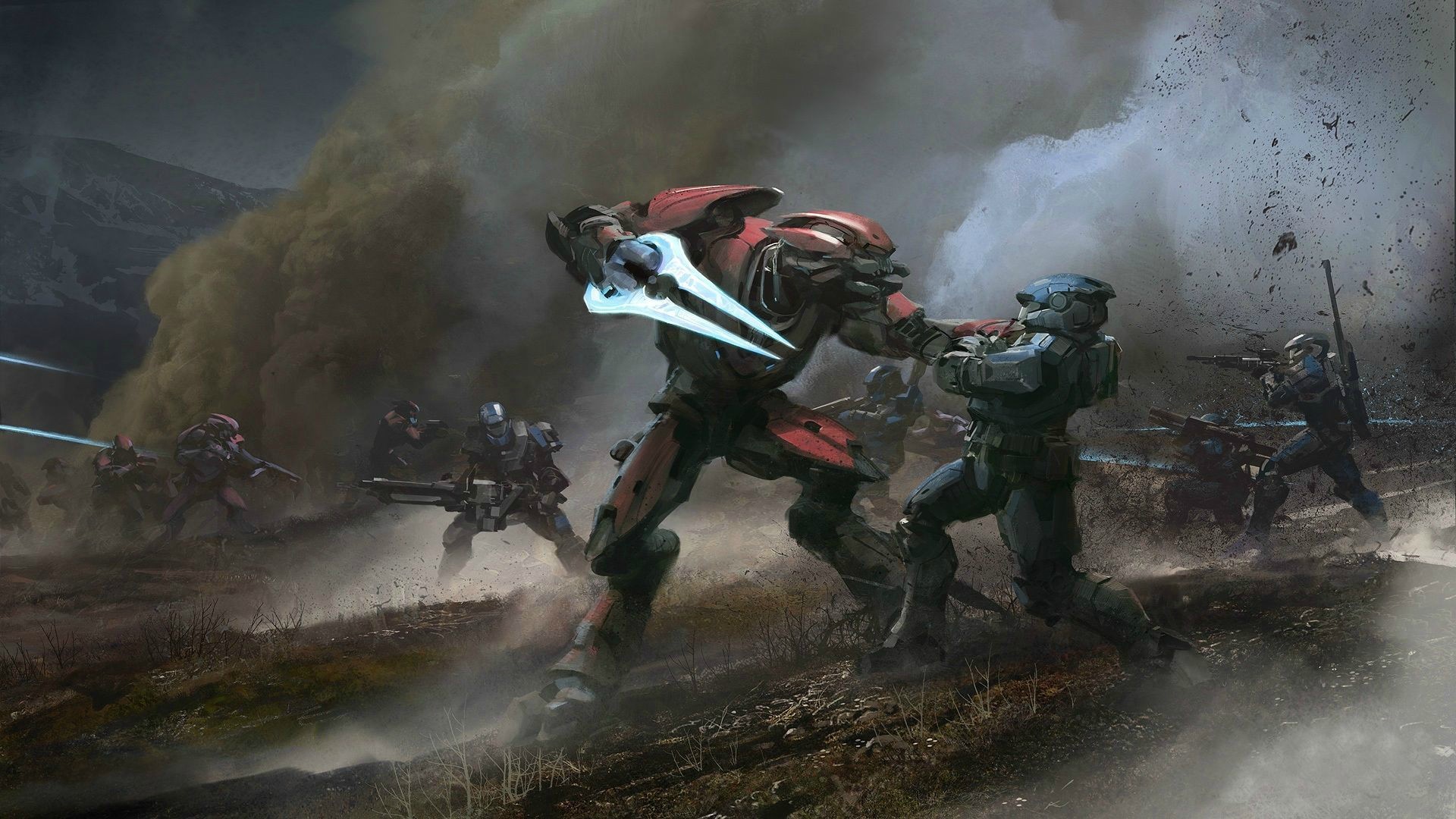
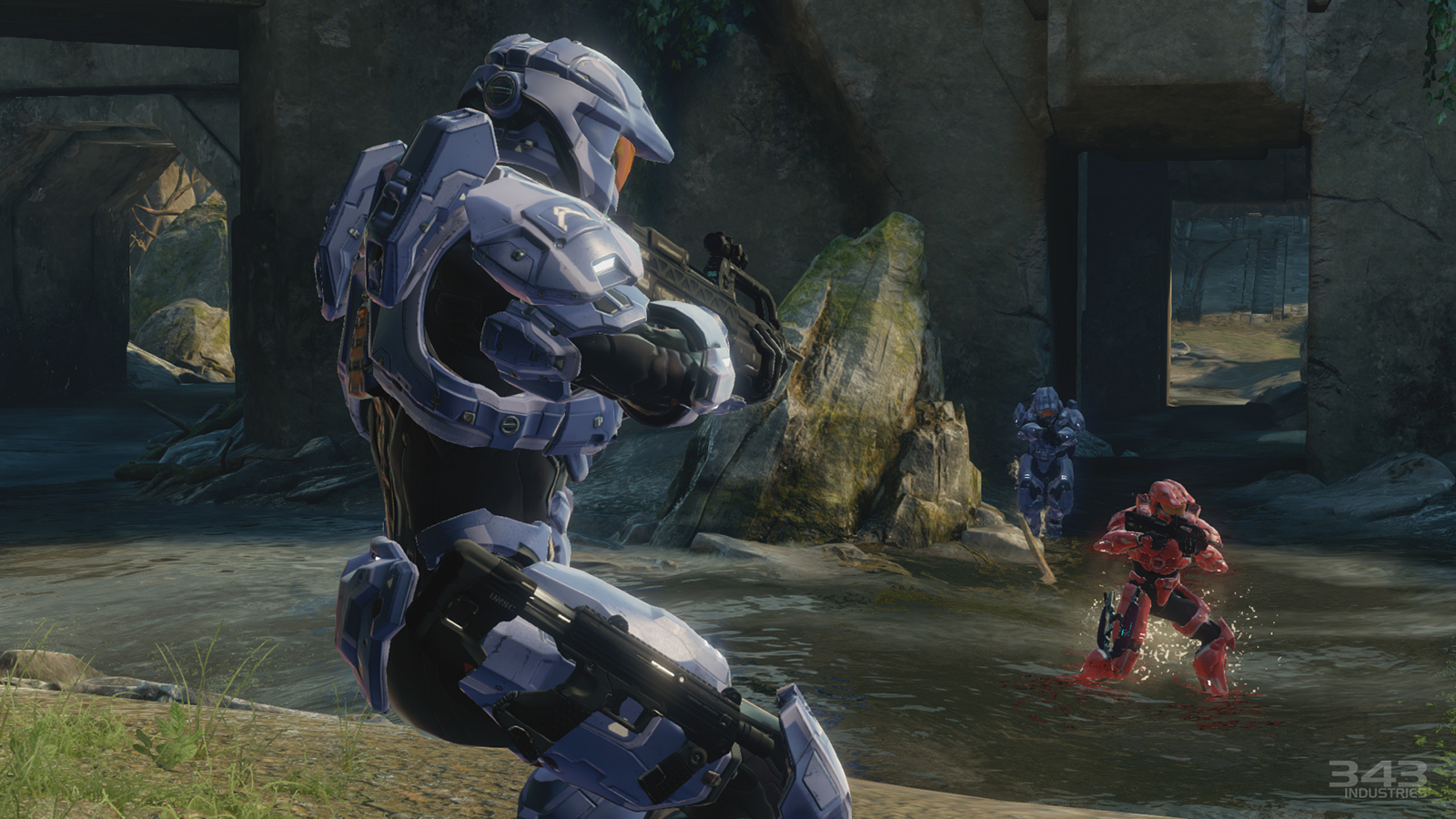
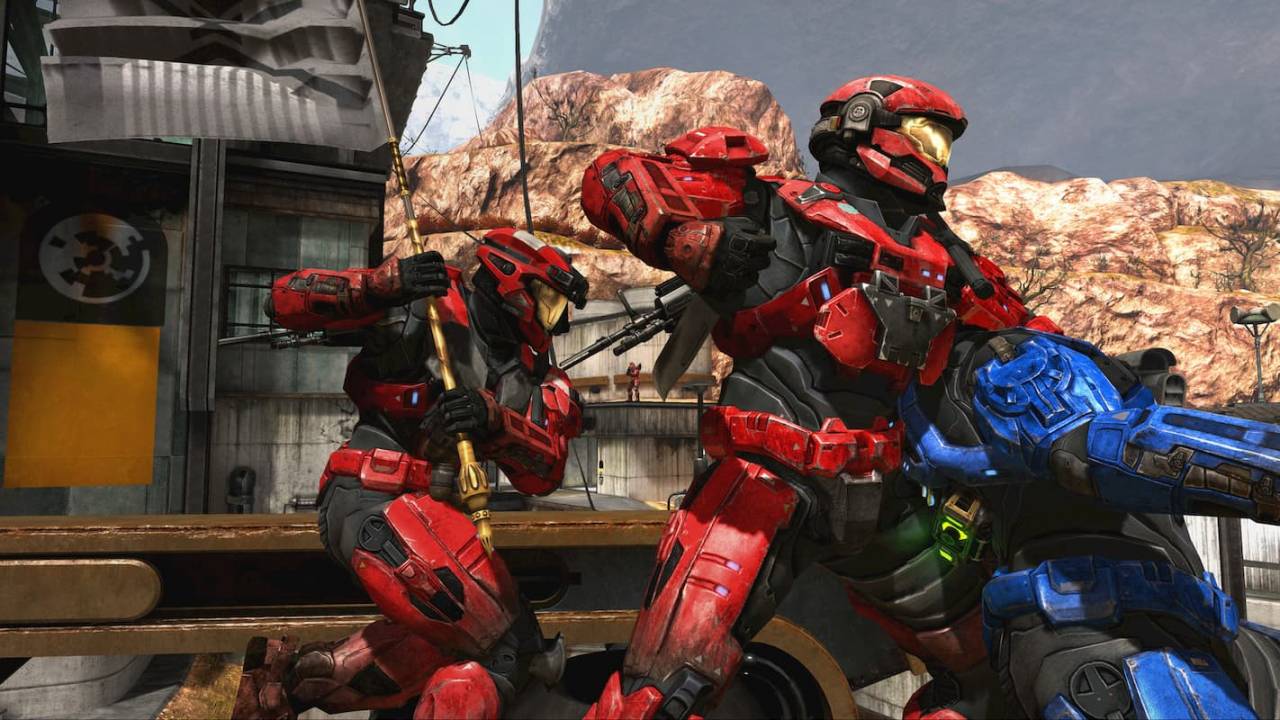





Published: Dec 9, 2019 10:50 pm